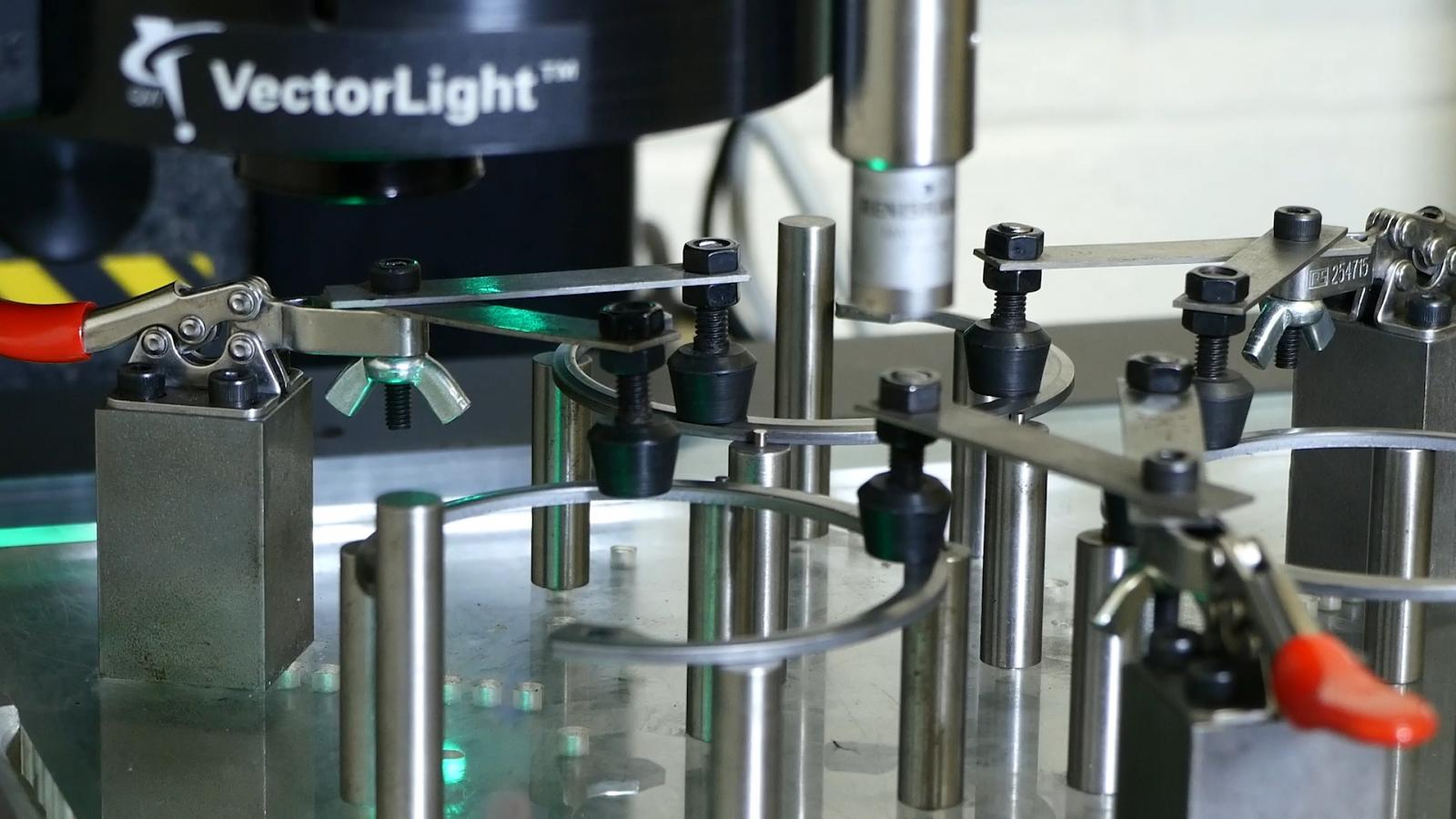
A spring ring manufacturer says it can now guarantee 100% accuracy on each and every part it makes thanks to an investment in multi-sensor metrology.
West Yorkshire-based Cirteq currently makes around 700 million circlips and retaining rings annually, exporting them across the globe to more than 500 customers who use them in engine construction to stop something coming out of a bore or to keep something on a shaft.
To ensure that its 3,800 product variants meet exacting demands for assembly, the company - part of the Titgemeyer Group - works directly with some of the biggest names across the global aerospace, automotive, rail and sustainable energy sectors, including Jaguar Land Rover, Volvo, Bosch, Siemens and Mitsubishi.
To help meet the strict safety criteria and incredibly high expectations of its customers, Cirteq identified the need for measurement technology innovation and discovered OGP UK, a specialist in multi-sensor metrology.
OGP’s automated systems utilise a combination of world-leading optical, laser and tactile sensors, eliminating the need for multiple specialised measuring systems and collecting highly accurate data even on the most complex components and features, with speed and reliability.
Cirteq Customer Quality Liaison Manager Theo Speller has a clear message for other UK businesses making precision components.
“I’d say that it’s time to take the plunge and get invested in vision systems, because you need to match your inspection methods with the inspection methods of your end users,” he said.
“We went out into the market to look for a machine that could do everything that we needed – it needed to do 3D Renishaw probing and also capture the 2D features.
“The machine that we found through OGP was the ZIP LITE 300. It has a 300mm table and can capture most of our products in the factory, with the Renishaw probing capability to help us build 3D models and capture every dimension our customers require.”
OGP systems work to sub-micron precision, making them right at home in an era of miniaturisation where new material developments and ever-tighter tolerances have made components increasingly challenging to manufacture.
By making more accurate data available to production engineers in real time, OGP solutions empower them to identify and rectify quality control flaws on the spot, leading to less scrap, fewer production bottlenecks and higher productivity.
Mr Speller said: “If you go to a robot line you’ll see a camera over the top of it photographing every component and sub-assembly to make sure that it meets all requirements. We have to match that by making sure that our components are right 100 per cent of the time. Our expectations are to drive towards zero PPM.
“We were not getting the repeatability that we needed from manual measurements due to operator bias. That’s the main advantage of this OGP machine – we’ve improved the quality and the accuracy of the measurements and the bonus is we’ve actually managed to do it and save time.
“The cycle time that it takes to inspect has been slashed because the machine allows us to do it offline and it can do all those features that you see on a complicated component.
“We have to demonstrate the repeatability of the equipment that we use to the automotive customers and with the OGP machine we get that repeatability.
“In the last year we haven’t seen any measurement errors as a result, and we’ve seen that initial spend come back in the first year because we’ve saved production time.”